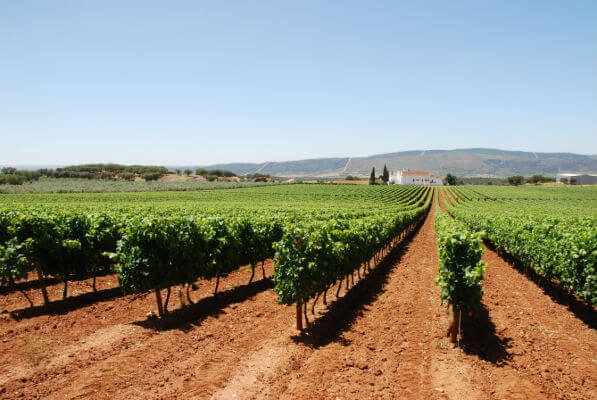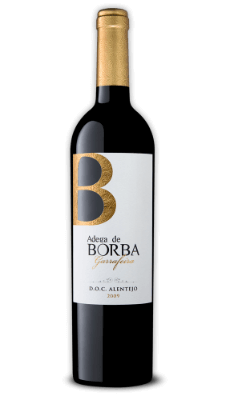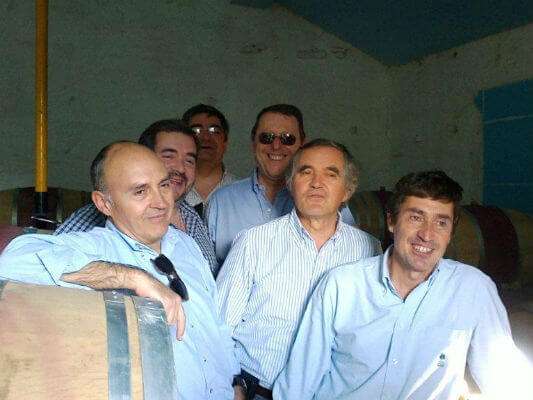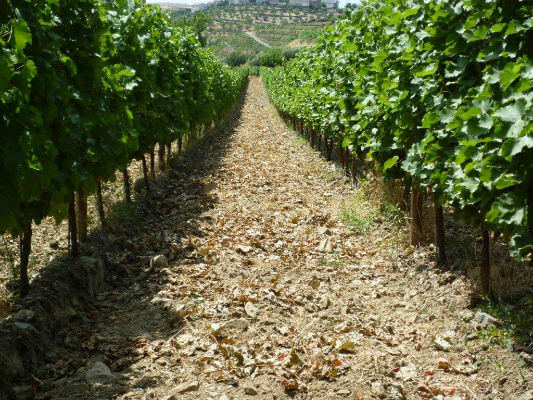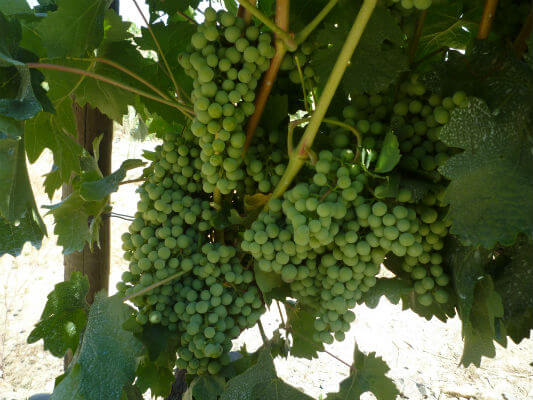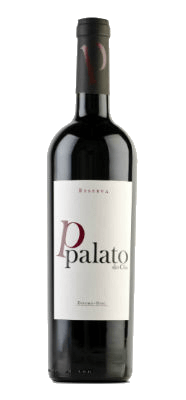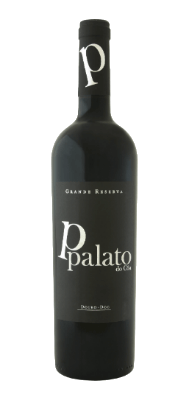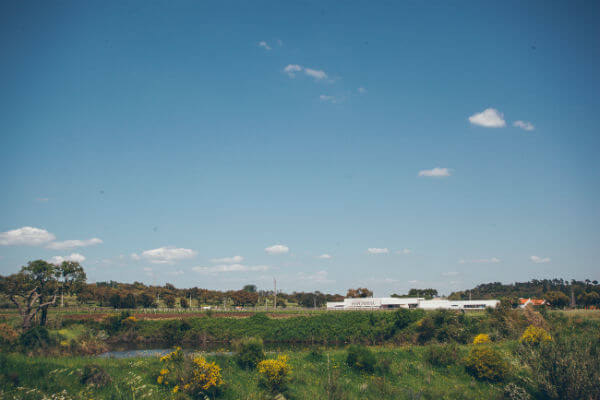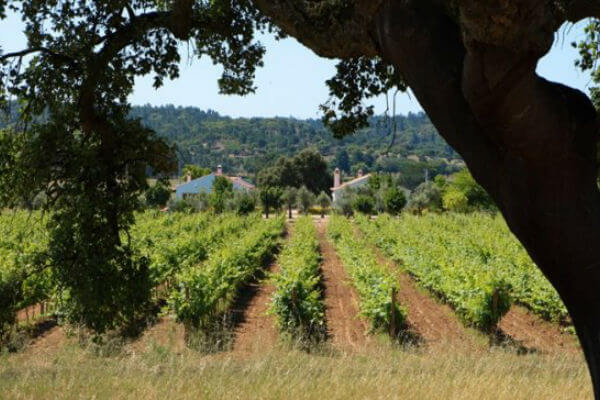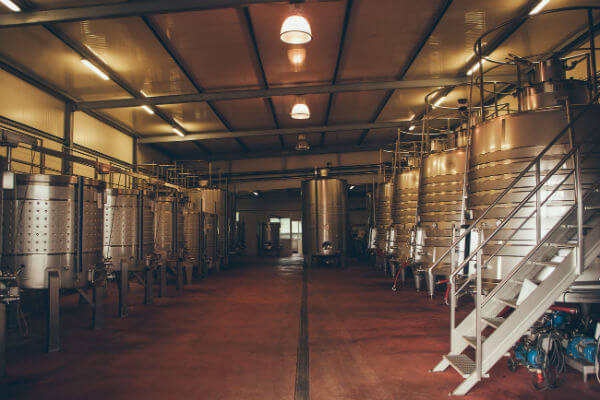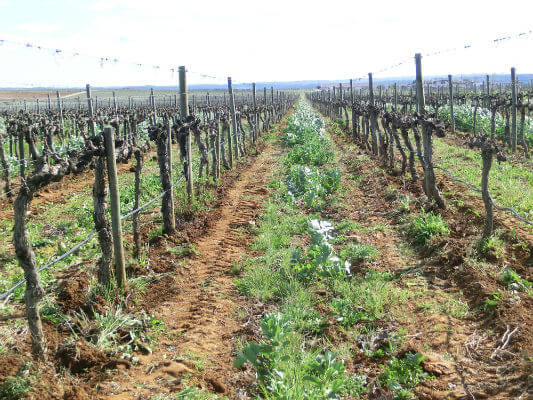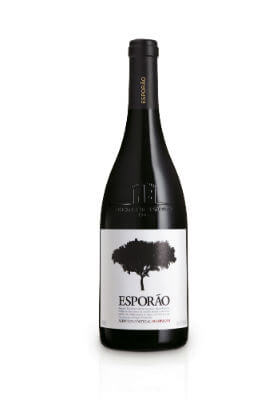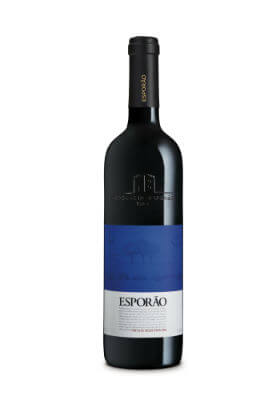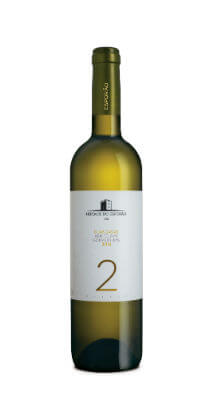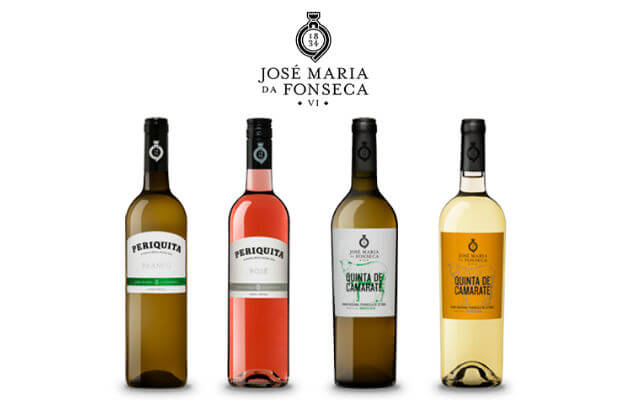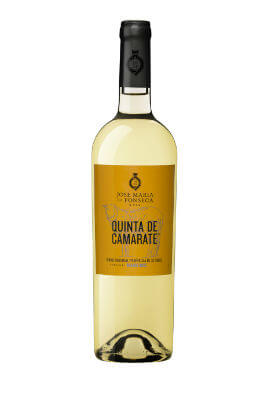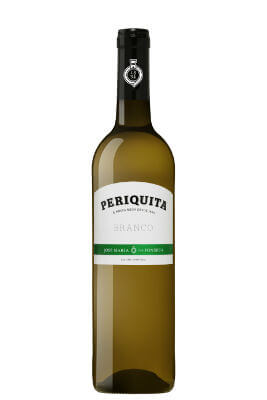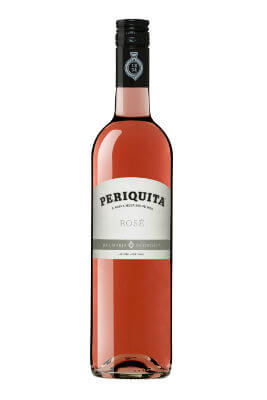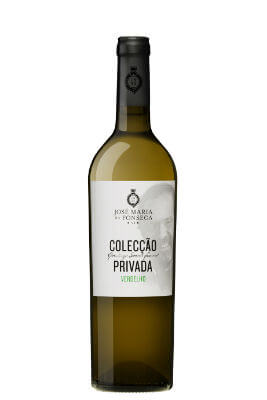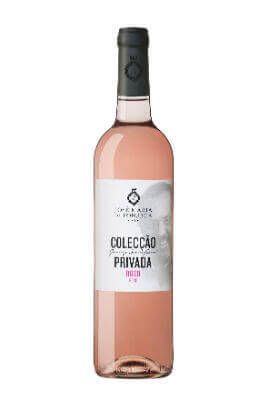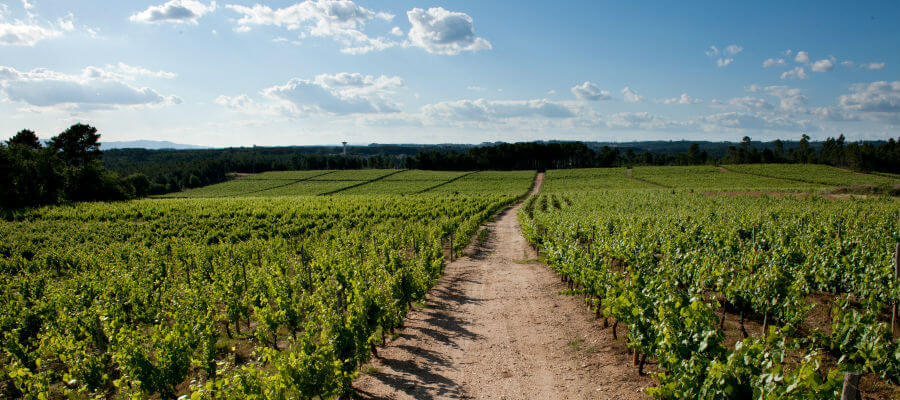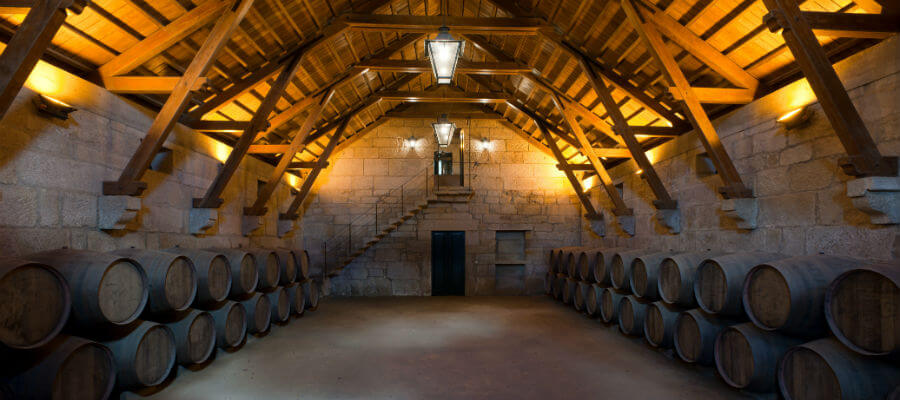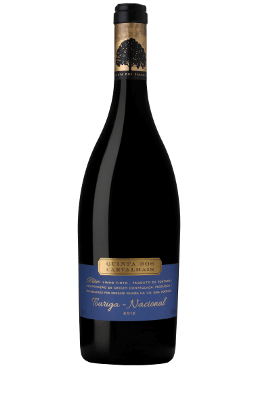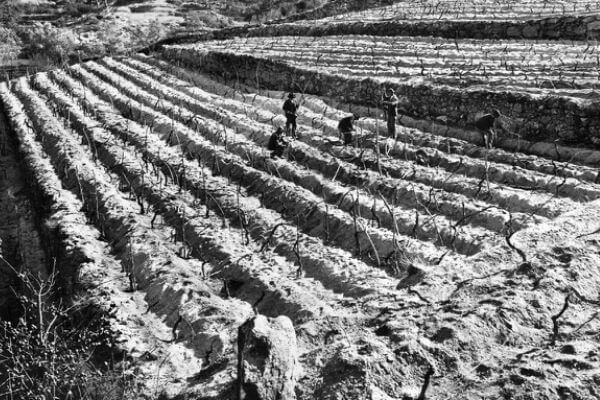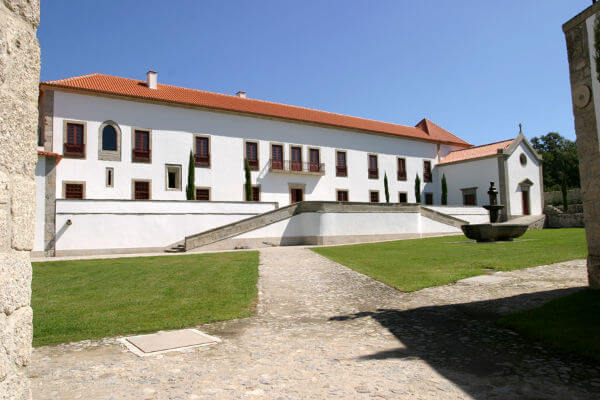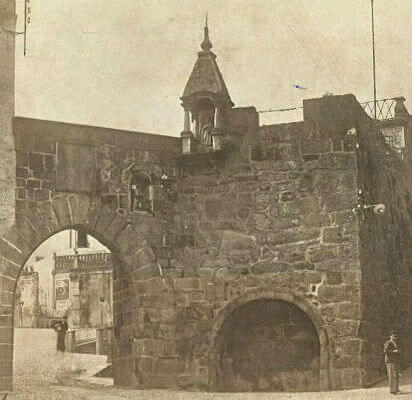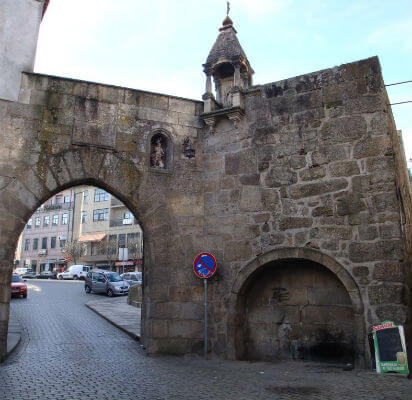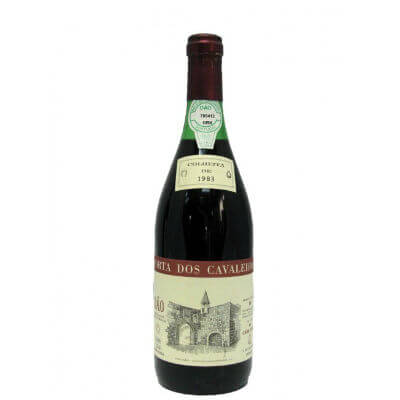Port wine: a dog is a dog, a cat is a cat
Text João Barbosa | Translation Jani Dunne
I will not be writing about politics! However, I will cite the current Minister for Education in order to better illustrate the focus of this text. Nuno Crato, a very contentious ruler, is a renowned scientist and teacher at Instituto Superior de Economia e Gestão (Lisbon Institute for Economics and Management), Maths and Statistics professor. He has an impressive resume, available online.
I heard Nuno Crato say, years before he became a minister, that learning doesn’t have to be fun. It doesn’t have to be tedious either, I add. It doesn’t have to be fun because educating goes beyond teaching numbers and letters at school, or learning how to use a knife and fork, and say “please” and “thank you” back home. Education should prepare a child/young person for adult life, during which he will not be comforted by colleagues or receive the headmaster’s kindness.
I have been told that the world of Port wine is complicated, too complicated, and the consumer does not understand it… there are too many categories and variations.
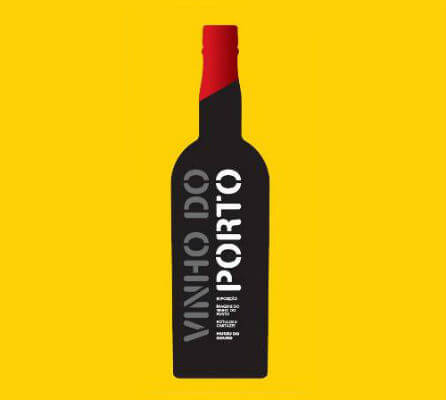
Vinho do Porto in hipersuper.pt
I state that Earth’s seven billion inhabitants are all Homo sapiens sapiens, and thus gifted with intelligence and the ability to learn. Not every human is able to generate Cold Fusion, but if trained, they would very well be. Obviously, some are above average and others below it.
However complicated it may be, the world of Port wine is less complex than a PhD thesis about the role of aesthetics and conceptual ruptures in modern and Eastern societies.
The last time I saw somebody in shock, they had just been made aware of the “12” variations of Port wine… I can count 28. Therefore, I am joining the discussion short-handed. If the point is to simplify it, everything could be broken down to four variations: white, rosé, tawny and ruby. Or even three, removing the rosé, because it is actually a ruby.
Now, if a house cat is a Felis catus, a dog is a Canis lupus familiaris. However, both belong to the Animalia kingdom, Chordata phylum, Mammalia class and Carnivora order. They are, however, of the Canidae and Felidae families. Latin aside, even a toddler can tell a dog from a cat. The dog has owners, the cat has personal assistants.
Of course, a newcomer to the world of wine must not be expected to know everything, or almost everything, about Port… nor Bordeaux or Burgundy, etc.
Therefore, Port is complicated, right?! Right! Moving on to another wine region of the world:
In Bordeaux, there are six sub-regions (Blayais et Bourgeais, Entre-Deux-Mers, Graves, Libournais, Médoc and Sauternes), subdivided into 38 controlled protected designations of origin.
In 1855, emperor Napoleon III commanded the creation of a list for the Paris Universal Exhibition, where Bordeaux wines were to be laid out hierarchically. Thus, six qualitative levels were determined: Premier Grands Crus, Deuxièmes Grands Crus, Troisièmes Grand Crus, Quatrièmes Grand Crus and Cinquièmes Grands Crus.
This list encompassed only the left margin of the Garona river. On top were: Château Lafite (today including Rothschild), Château La Tour, Château Margaux, Château Haut-Brion, Château Mouton (today including Rothschild). That is, three from the controlled designation of origin of Pauillac, one from Margaux and the other from Graves (on its own; others were excluded in the meantime).
Seeing as they were left out of the list compiled in 1855, other specific tables were created. In Sauternes and Barsac: Premier Cru Supérieur, Premiers Crus and Deuxièmes Crus. In Saint-Émilion: Premiers Grands Crus Classés A, Premiers Grands Crus Classés B, Grand Crus Classés… Had enough yet? Don’t forget the Graves table, and the Médoc. Oh! And then, the generic Bordeaux.
Oh yes, indeed. It would be easier to join all the pieces together, analyse them, and create a single list of Bordeaux… never mind the whole of France. But no! I say this sarcastically: Pitiful! Well-informed Bordeaux connoisseurs know and debate wines from either side of the river and its micro-regions… the years and the weather, the brands… Those who know and those who want to know will know. If you wish to know only a little, you will study only a little; if you purchase based on the price, you will check the tag and then weigh your pocket. If you purchase based on the label design, you will pick the prettiest; if you purchase based on reputation, you will purchase what you are recommended.
Let’s work it out:
Whites – Lágrima (very sweet), Sweet, Semi-Dry, Dry, Extra-Dry, 10-year, 20-year, 20-year and 40-year.

Ramos Pinto Lágrima white in ramospinto.pt
Rosé – Rosé (Ruby-style – aged in the bottle).
Ruby – Lágrima, Ruby, Ruby Reserve, Ruby Special Reserve, Late Bottled Vintage, Vintage Single Quinta, Vintage, Garrafeira, (aged in demijohns) and Crusted (this lot includes different years).
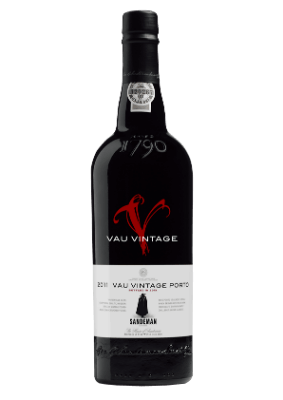
Sandeman Port Vau Vintage 2011 in sandeman.com

Taylor’s Quinta Terra Feita Vintage Port 1991 taylor.pt
Tawny – Tawny, Tawny Reserve, Tawny Special Reserve, 10-year, 20-year, 30-year, 40-year, Colheita (the year is specified) and Very Old.
Oh! And Quinado! Not quite a Port wine, but an association with kino (from “quinine”). Created for the population of the overseas colonies, seeing as kino is antimalarial.
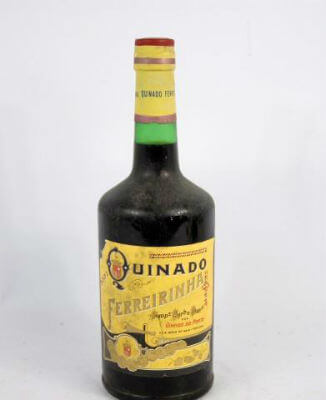
Quinado Ferreirinha
The French are so complicated, yet so gifted with intelligence that they can tell a dog is a dog and a cat is a cat. In Portugal, we are, poor creatures, unable to understand – or try to understand – Port wine as much as any person from any other culture. The French know that seven billion inhabitants in the planet are all Homo sapiens sapiens. Around here, the concepts “cat” and “dog” need to be explained.
If the idea is to make things simpler, why not remove the protected designation of origin?… Having to know the region is a waste… and other countries care as much about that as they do about línguas-de-veado biscuits and lemon-verbena tea. Why even bother with the year? Will any trainee connoisseur or merely interested consumer want to know whether a wine is from 2009 or 2010? Will they know the natural difference between those two harvests?
I honestly want to know: does the common consumer outside the more traditionalist countries and the “Old World” want to know anything besides the variety? They like white or red, “just because”, and buy Syrah, Sauvignon Blanc, or Tempranillo. That typical consumer from “The New World” or European countries where wine is not very renowned; will they want to know about the types of Port, or the classes of Bordeaux? If they fall in love with wine, will they search, taste, study, diversify… or other?…
Fernando Lopes Graça – one of Portugal’s biggest composers of the 20th Century – refused to eat or drink while music was playing. To him, music was above all else, and he needed peace and quiet in order to listen to and enjoy every note. Do I understand?… Yes, although it seems a little much.
It is not snobbery. Just an observation. I can relate to car lovers, who can tell the age and the designers of a Ferrari by its wheel rims. I cannot tell a rod from a gearbox. It doesn’t matter to me, I don’t spend time on it. It’s just as valid for wine as for anything else.
In the 19th Century, somebody wrote that there are as many varieties of Port as there are ribbons in a haberdasher. Does that sound easy?! Discovering is both pleasurable and insightful.



